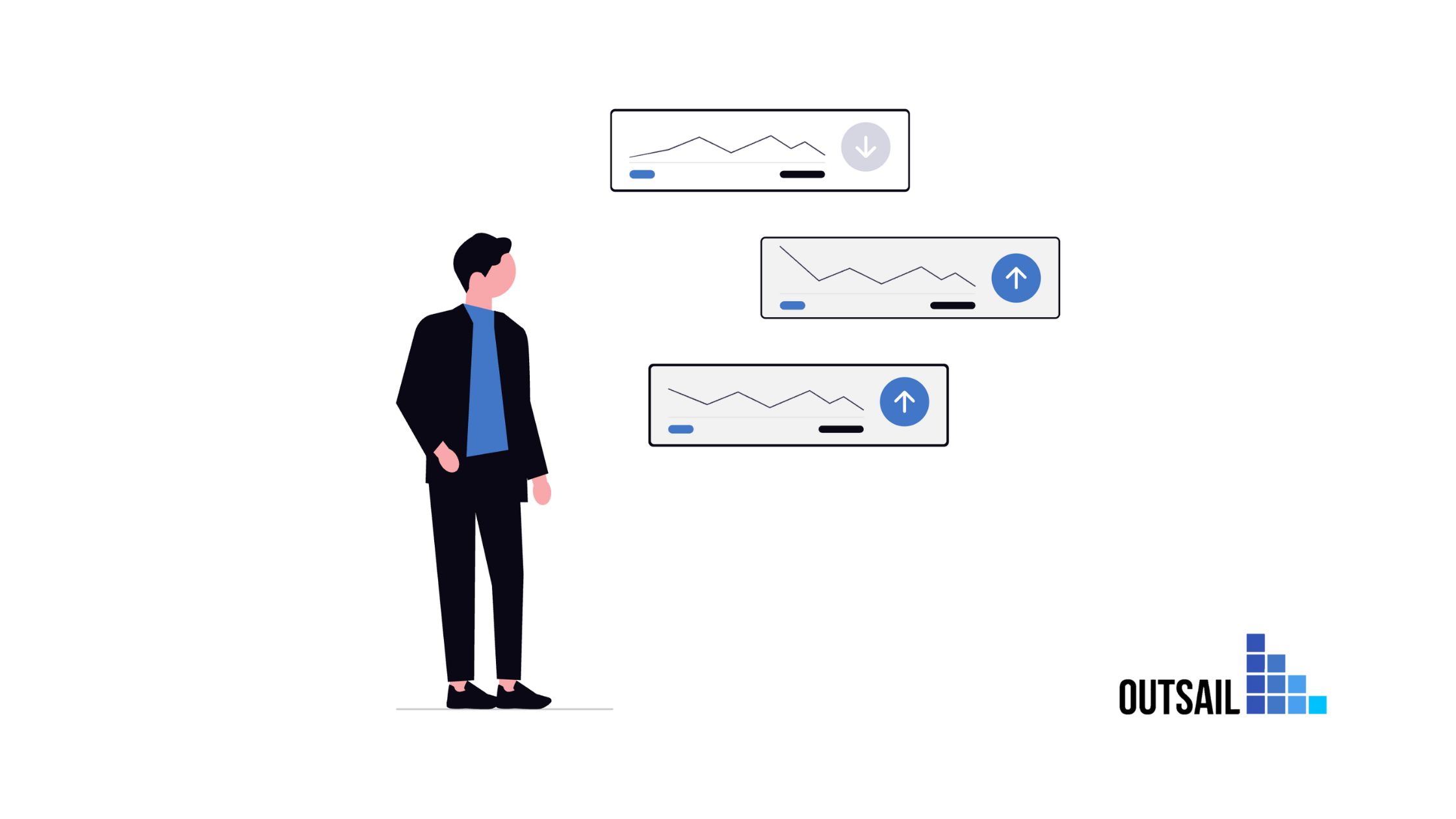Uncover hidden HR software fees draining your HR technology budget. Learn how an HRIS audit saves costs and boosts HR tech ROI with expert strategies.

Your HR technology stack might be bleeding money, and you don't even know it. While the visible costs—license fees, implementation charges, and support contracts—appear neatly on invoices, the true financial impact of your HR technology extends far beyond these obvious expenses. Hidden inefficiencies, redundancies, and workarounds could be costing your organization hundreds of thousands of dollars annually.
Consider this startling statistic: The average mid-size company wastes 30-40% of their HR technology budget on redundant systems, unused functionality, and inefficient processes. For a company spending $500,000 annually on HR technology, that's $150,000-$200,000 in hidden waste—enough to fund additional headcount, employee programs, or strategic initiatives.
The insidious nature of these hidden HR software fees makes them particularly damaging. They accumulate gradually, hiding in the gaps between systems, lurking in manual processes, and multiplying through inefficiencies. Without a systematic approach to identifying and eliminating these costs, they continue to drain resources year after year.
Stop overspending on HR technology. Get a free audit from OutSail and uncover hidden costs, savings opportunities, and a clear plan to transform your HR tech into a profit-driving asset.
When finance teams evaluate HR tech costs, they typically focus on direct expenses: software licenses, implementation fees, and annual support contracts. However, these visible costs represent only the tip of the iceberg. The real financial impact lies beneath the surface in five critical areas that most organizations overlook.
One of the most common hidden costs comes from multiple systems with overlapping functionality. This redundancy develops naturally as organizations grow and different departments purchase solutions independently. What starts as solving specific problems evolves into an expensive maze of overlapping capabilities.
A typical scenario: Your HRIS includes basic time tracking, but operations purchased a specialized time and attendance system. Meanwhile, your performance management platform includes goal tracking, but sales uses a separate tool for quota management. Each system seemed justified at purchase, but collectively they create expensive redundancy.
The financial impact extends beyond duplicate license fees:
Real-world example: A 2,000-employee manufacturing company discovered they were paying for time-off tracking in four different systems: their HRIS, payroll platform, time and attendance system, and project management tool. The annual redundancy cost exceeded $75,000 in licenses alone, not counting the efficiency losses from employees entering time-off requests in multiple places.
Software vendors excel at selling comprehensive packages with attractive bundled pricing. "Why buy just core HR when you can get performance management, learning, and succession planning for only 30% more?" This sales approach leads to organizations accumulating modules being paid for but not actively used—expensive digital shelfware.
The shelfware problem manifests in several ways:
These unused modules represent pure waste. Unlike physical assets that might retain some value, unused software modules provide zero return on investment while continuously draining budgets through annual fees.
A healthcare organization with 5,000 employees discovered during an audit that they were paying $180,000 annually for advanced analytics modules across three systems—modules that had never been configured or accessed. The licenses had been auto-renewing for three years, resulting in over half a million dollars in waste.
Data silos requiring duplicate data entry and extra workflows create hidden costs that compound over time. When HR systems don't communicate effectively, organizations compensate with manual processes that are expensive, error-prone, and frustrating for employees.
Consider the workflow implications of poor integration:
Each manual data transfer introduces costs:
The financial impact multiplies when errors occur. A miskeyed salary figure might result in payroll corrections, tax adjustments, and hours of administrative cleanup. Benefits enrollment errors could lead to coverage gaps, employee dissatisfaction, and potential legal issues.
Many organizations discover too late that their systems can't handle organizational complexity, forcing expensive manual processes and workarounds. What seemed like minor limitations during selection become major cost drivers in production.
Common complexity constraints include:
When systems hit these limitations, organizations face three expensive options:
A retail company with complex commission structures found their HRIS couldn't calculate commissions for their multi-tier sales model. The workaround involved downloading data to Excel, manually calculating commissions, and uploading results—a process taking 40 hours monthly and resulting in frequent errors requiring payroll adjustments.
Manual processes causing costly errors represent perhaps the most dangerous hidden cost. Unlike license fees that remain predictable, error costs can explode unexpectedly, creating financial, legal, and reputational damage.
Common manual process errors and their costs:
The true cost of errors extends beyond immediate financial impact. A payroll error affecting multiple employees can damage trust, increase turnover, and require extensive management time to resolve. Benefits errors during critical moments—like an employee's cancer diagnosis—can create lasting reputational damage and potential lawsuits.
Identifying hidden costs requires a systematic audit approach. Here's a comprehensive framework for uncovering waste and inefficiency in your HR tech stack:
Begin by creating a complete inventory of your HR technology ecosystem:
System Documentation:
Usage Analysis:
Process Mapping:
Move beyond obvious license fees to calculate true costs:
Direct Costs:
Labor Costs:
Error Costs:
Opportunity Costs:
Systematically identify overlapping functionality:
Feature Comparison:
Workflow Analysis:
Vendor Consolidation Opportunities:
Build a compelling business case for optimization:
Immediate Savings:
Efficiency Gains:
Risk Reduction:
Strategic Value:
While comprehensive optimization takes time, several quick wins can generate immediate HRIS audit savings:
Review user counts and access levels across all systems. Organizations often pay for more licenses than needed due to:
One company discovered they were paying for 500 HRIS licenses but only had 420 active users. The annual savings from right-sizing: $36,000.
Armed with usage data, renegotiate contracts to:
Identify the highest-impact manual processes for automation:
Even basic automation can generate significant savings. Automating new hire data flow for a company hiring 100 people annually can save 50 hours of administrative time—enough to justify integration costs within the first year.
Be decisive about eliminating redundant systems:
While eliminating hidden costs is crucial, true HR tech ROI comes from optimizing your technology stack for maximum value delivery. This means not just cutting waste but ensuring your investments drive strategic outcomes.
Ensure your HR tech stack supports business objectives:
Poor user experience creates hidden costs through:
Investing in user experience improvements often generates better ROI than adding new features.
Optimized HR tech stacks provide clean, integrated data for better decisions:
Consider future needs when optimizing:
The hidden costs in your HR tech stack won't eliminate themselves. Every month of delay means continued waste and missed opportunities for improvement. Here's how to take action:
While the prospect of auditing your HR tech stack might seem daunting, the cost of inaction far exceeds the effort required. Organizations that delay optimization face:
The hidden costs lurking in your HR tech stack represent both a significant problem and a major opportunity. By systematically identifying and eliminating waste, organizations can free up resources for strategic initiatives while improving employee experience and operational efficiency.
The audit process outlined here provides a roadmap for uncovering these hidden costs and building a business case for optimization. Whether you identify $50,000 or $500,000 in waste, the savings flow directly to your bottom line while positioning HR as a strategic partner in organizational success.
Don't let another budget cycle pass while hidden costs drain your resources. The time for action is now.
Ready to uncover the hidden costs in your HR tech stack? Book a Free Audit with OutSail's experts. We'll help you identify waste, calculate savings opportunities, and develop an optimization roadmap that transforms your HR technology from a cost center into a strategic asset. Stop the bleeding and start maximizing your HR tech ROI today.
